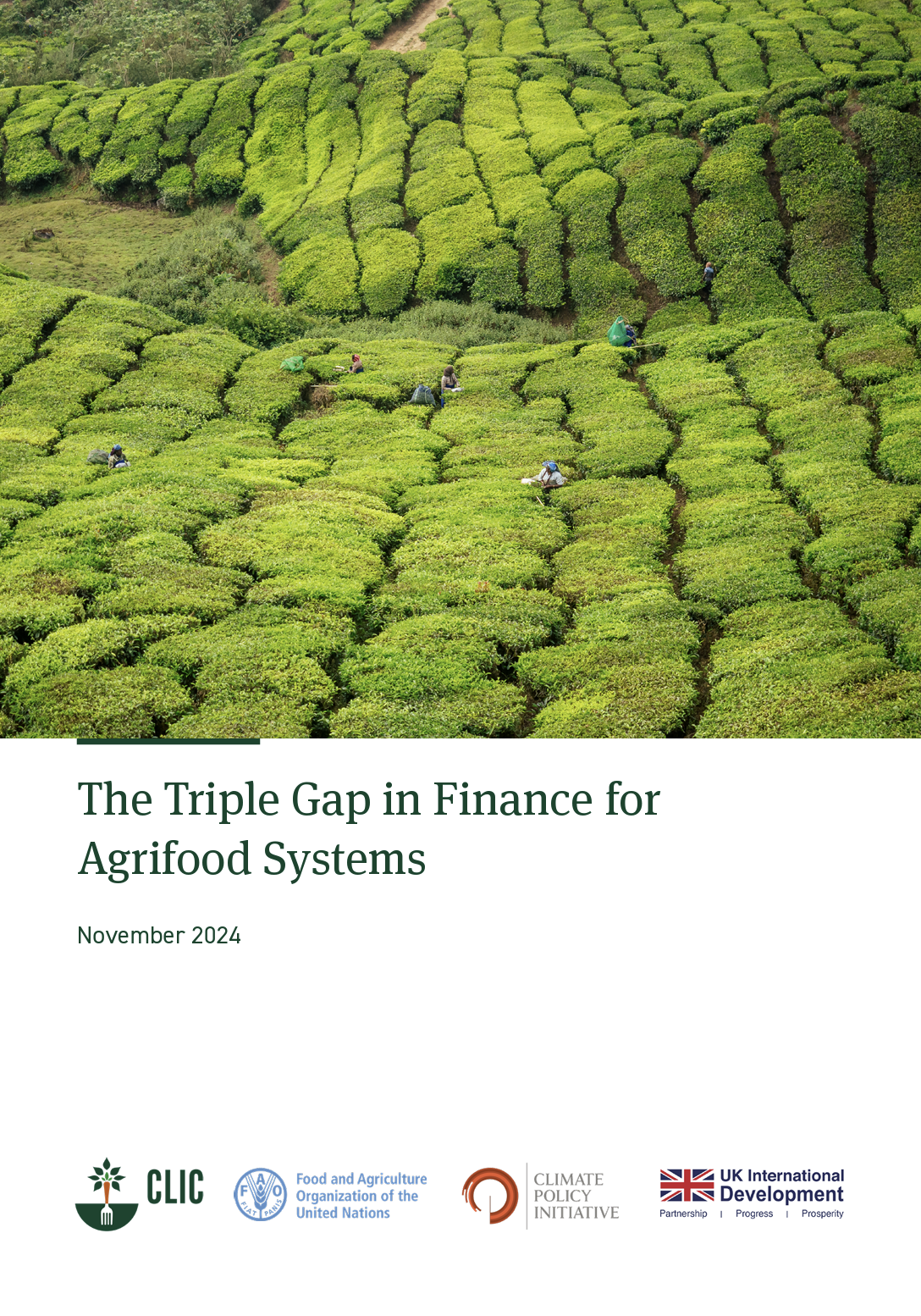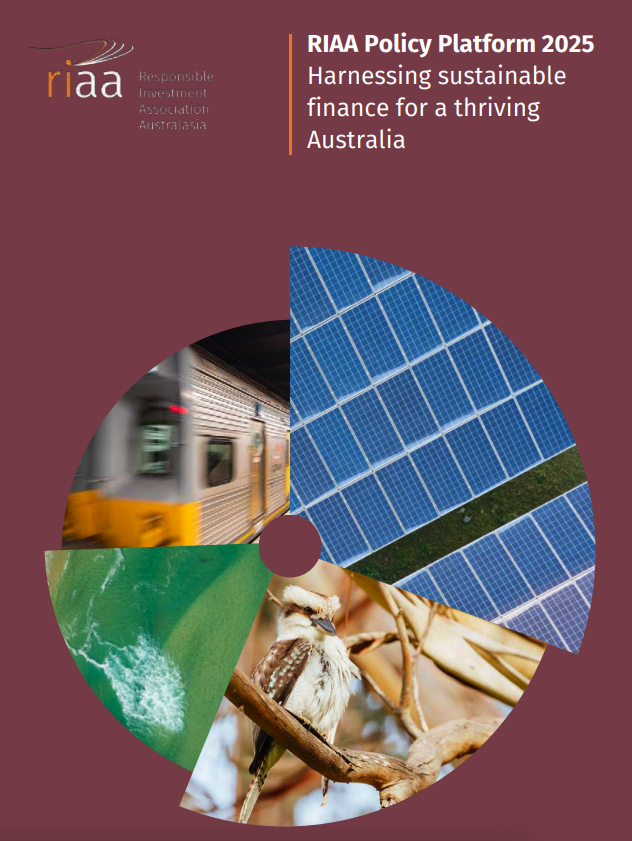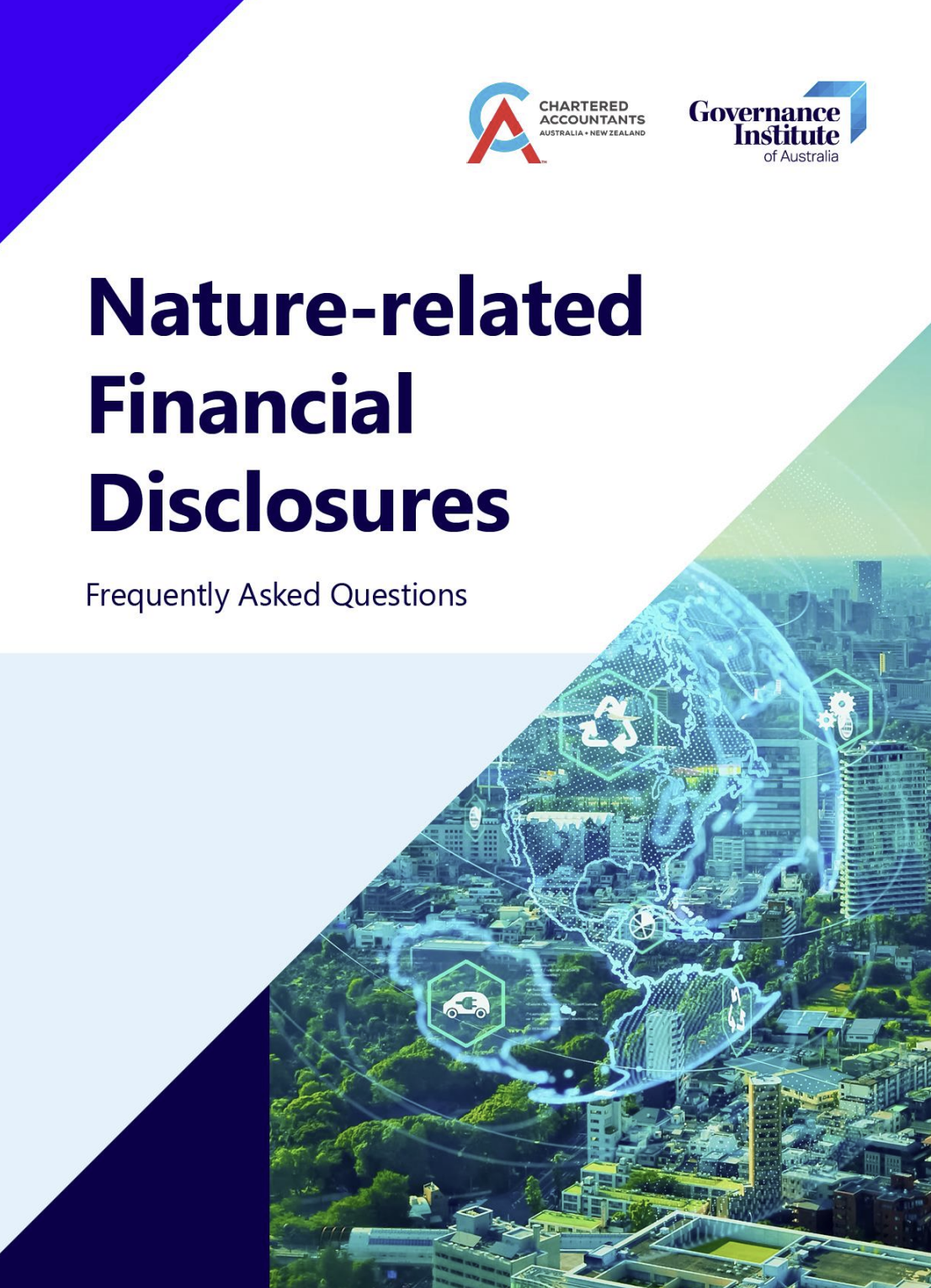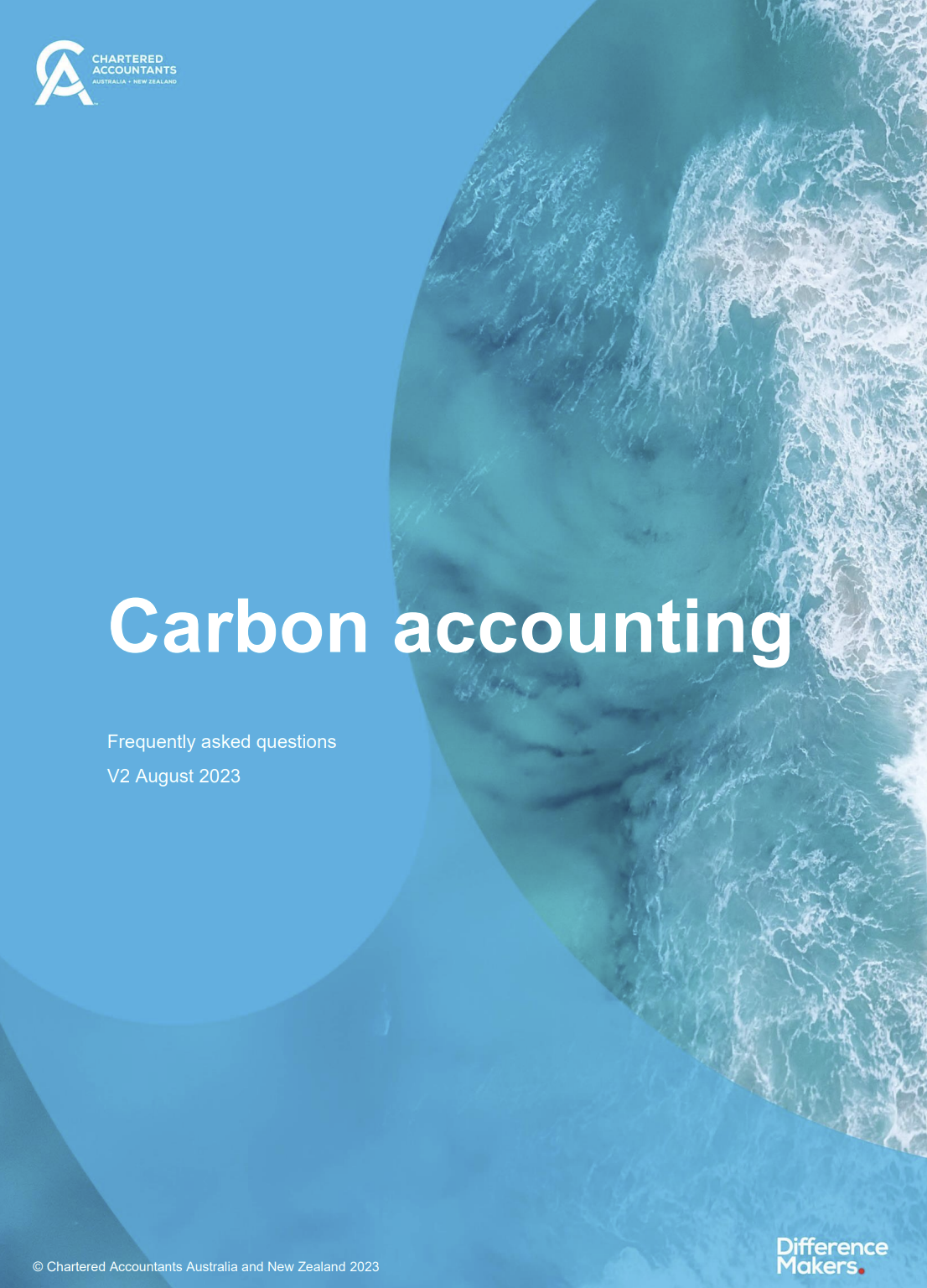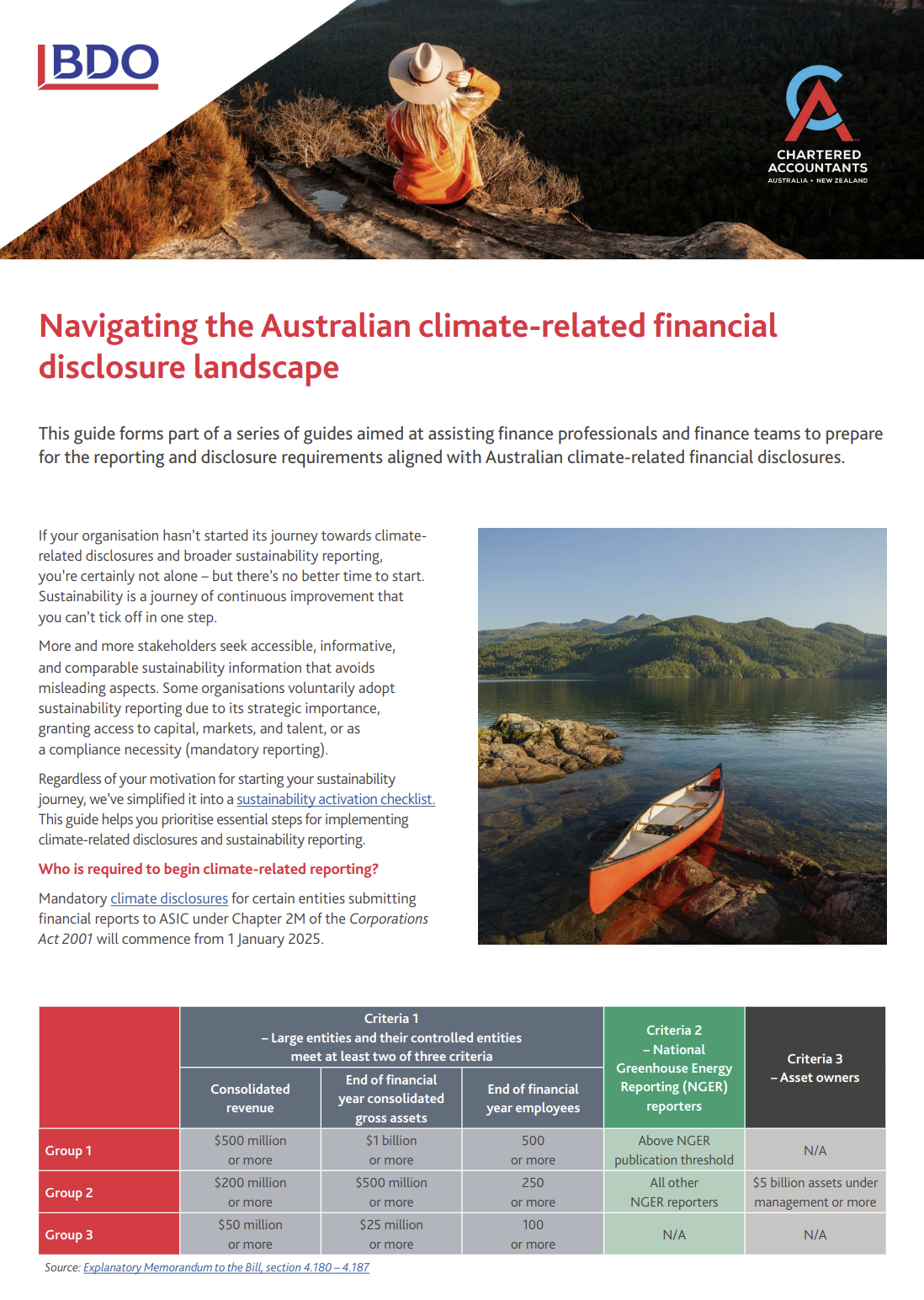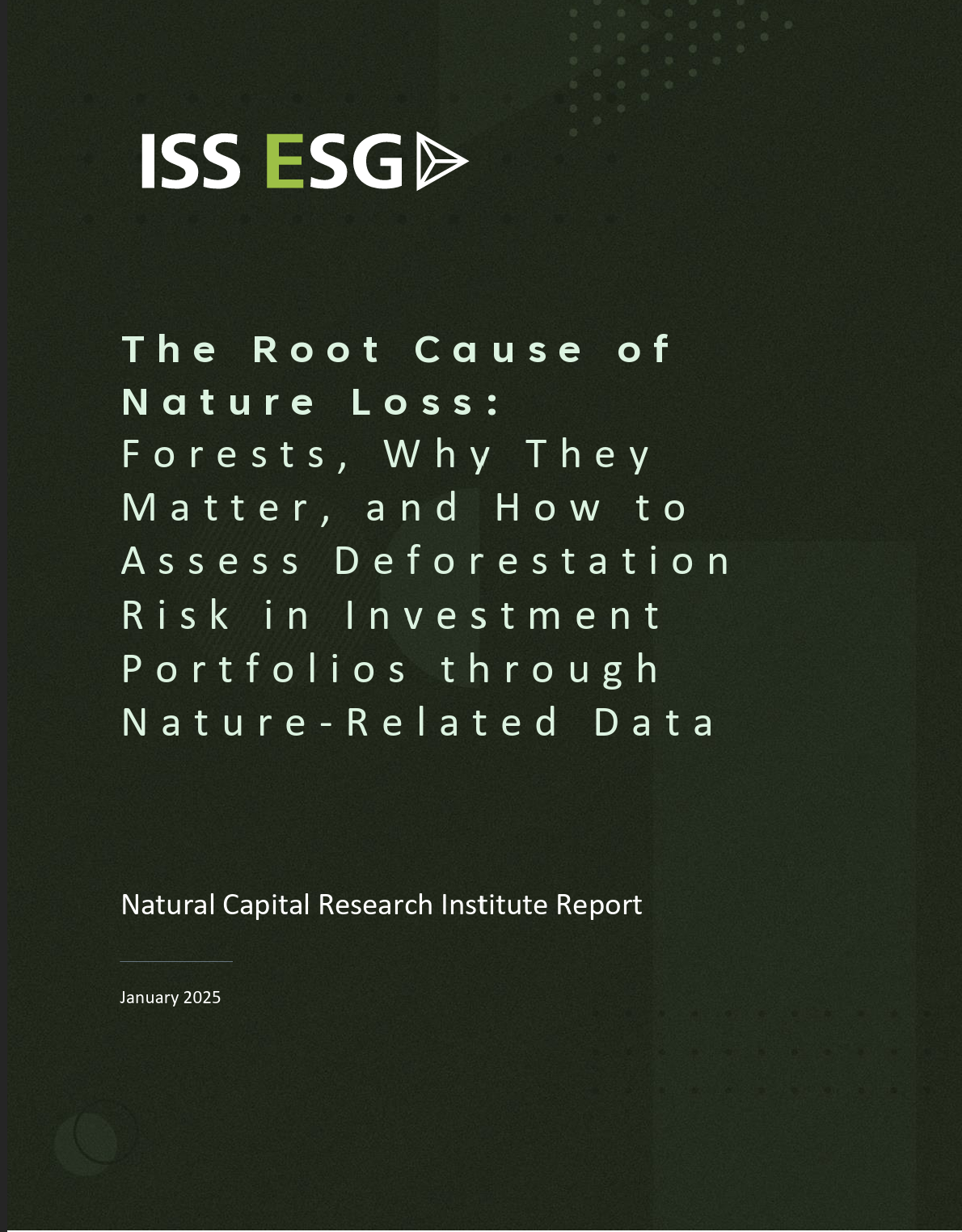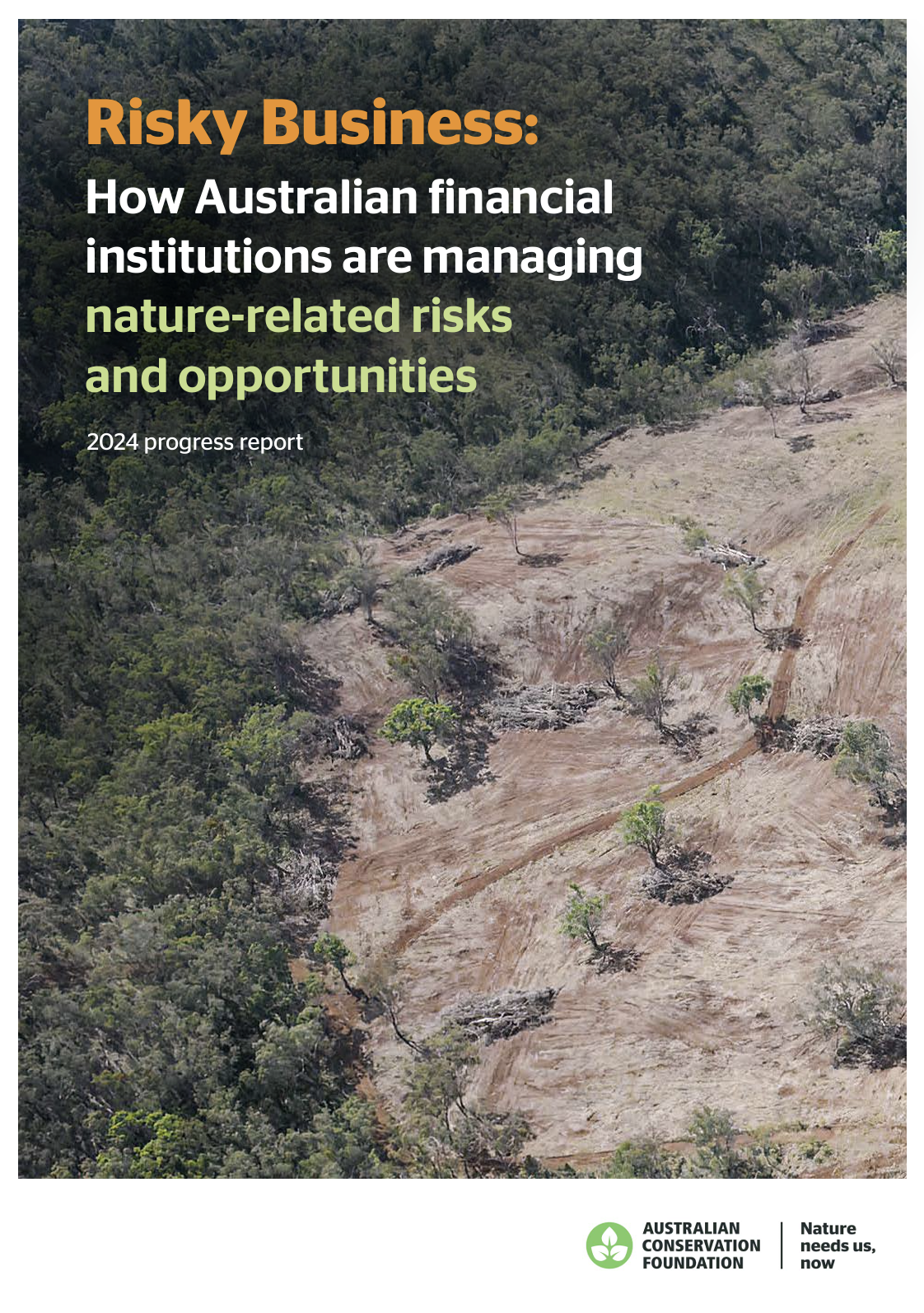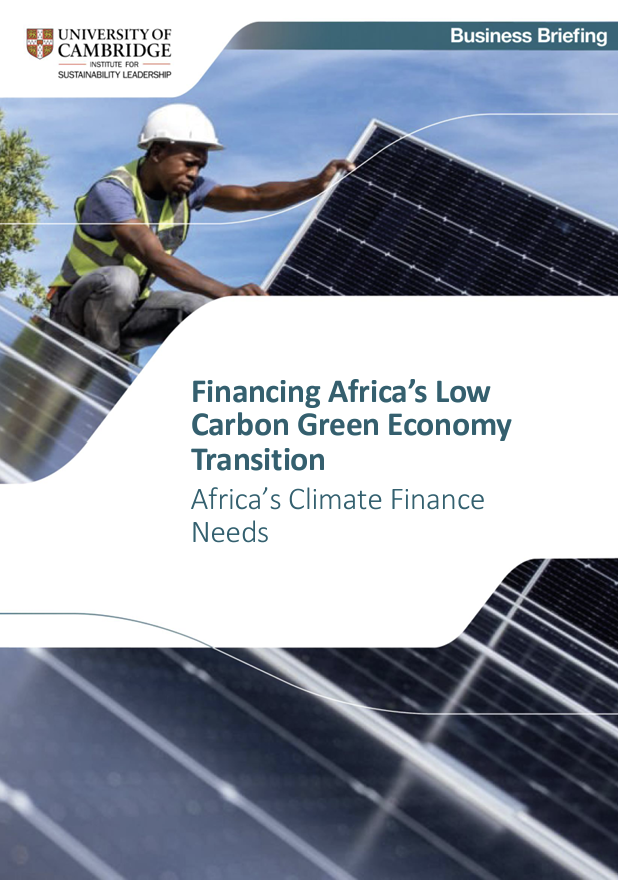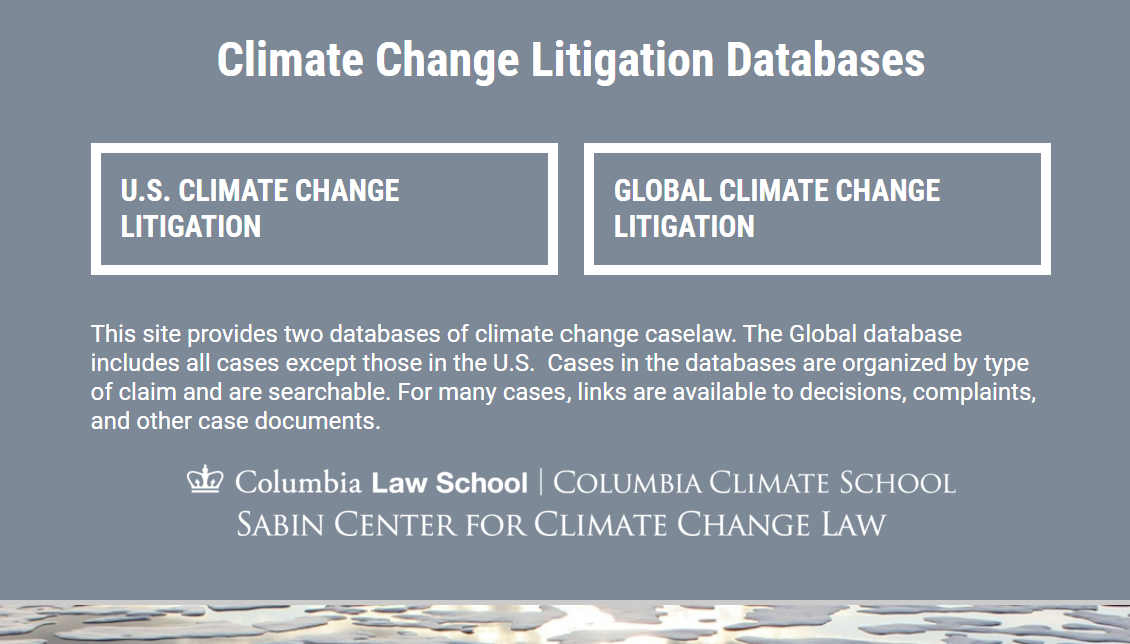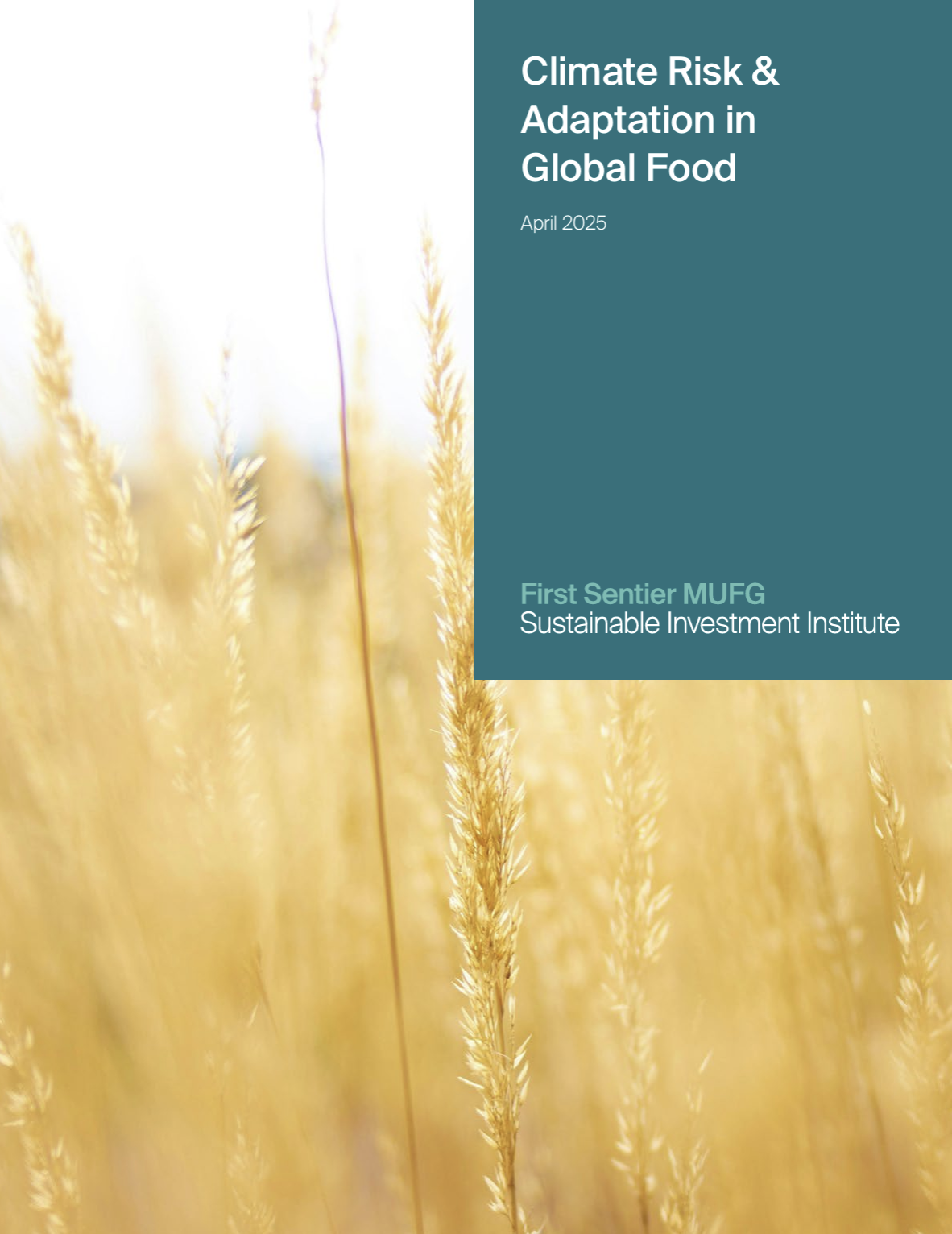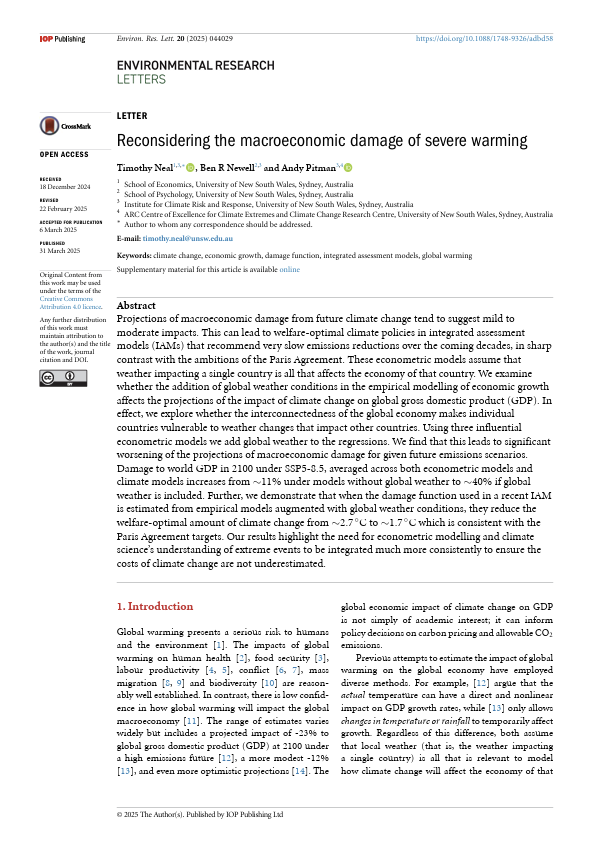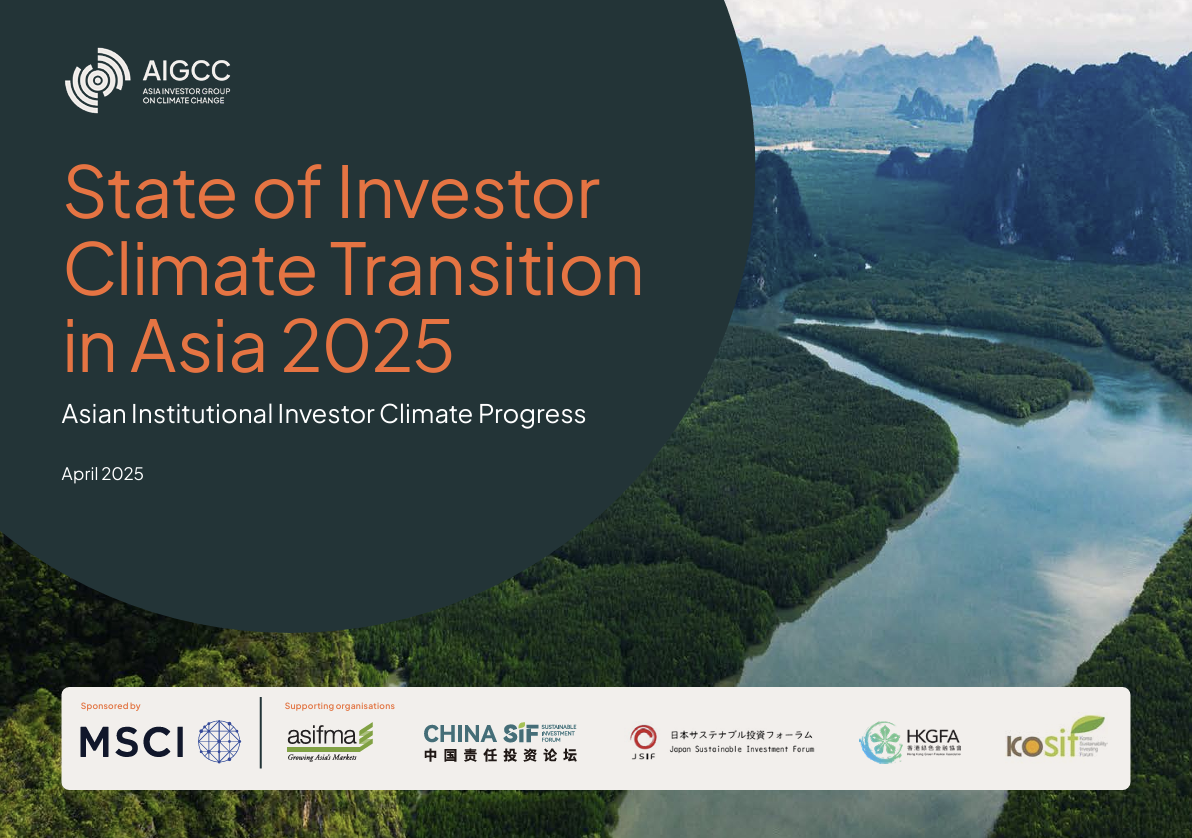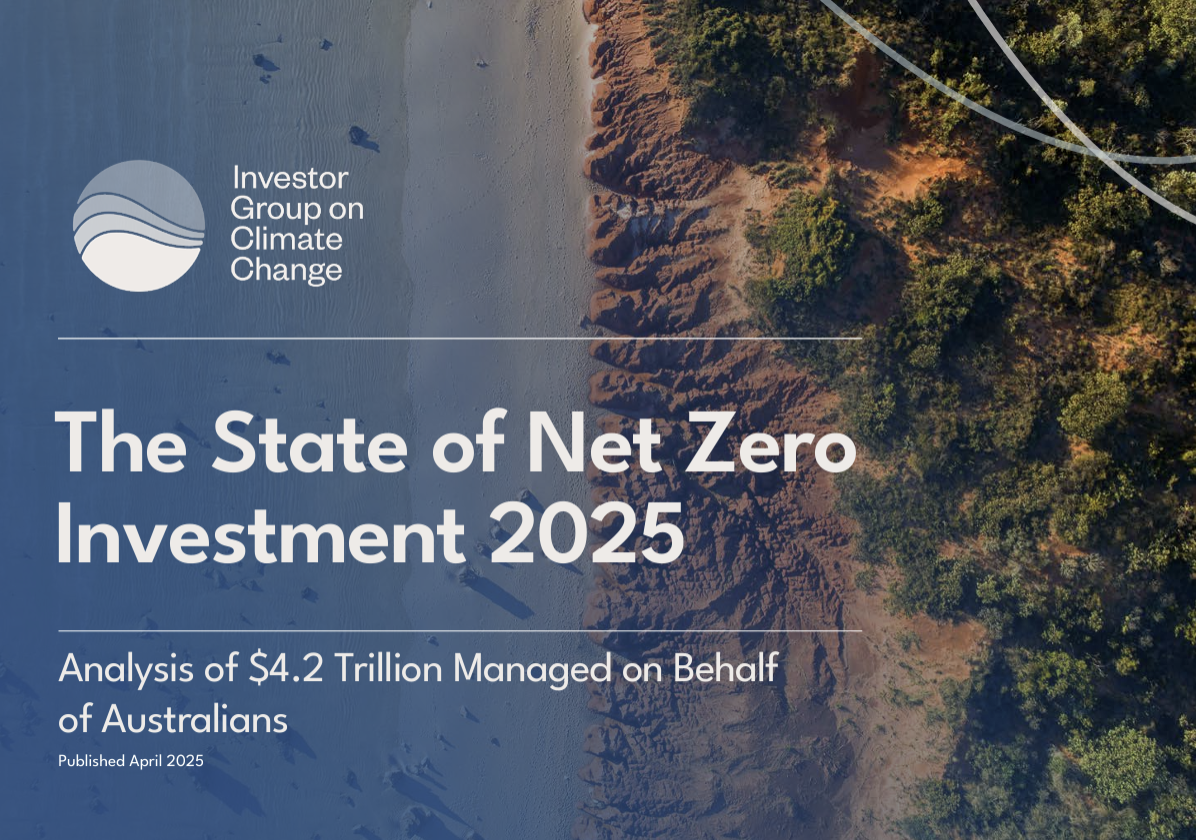Library | SDGs
GOAL 13: Climate Action
Refine
392 results
REFINE
SHOW: 16


The triple gap in finance for agrifood systems
This report identifies significant planning, finance, and data gaps in climate investment needed to transition global agrifood systems. Annual climate finance must increase by at least 40 times to USD 1.1 trillion by 2030. Current national commitments underestimate actual requirements, highlighting the need for clearer targets and improved data collection.
RIAA Policy Platform 2025: Harnessing sustainable finance for a thriving Australia
The RIAA Policy Platform 2025 outlines nine policy priorities and two principles to align Australia’s finance system with sustainability goals. It recommends regulatory reforms, improved data, Indigenous inclusion, and stronger accountability to mobilise capital for a net zero, nature-positive economy that supports long-term economic resilience and societal wellbeing.
Nature-related financial disclosures: Frequently asked questions
This FAQ guide explains key concepts in nature-related financial disclosures, including biodiversity, dependencies, impacts, and the TNFD framework. It outlines disclosure requirements, materiality, governance responsibilities, and greenwashing risks, offering practical insights for businesses preparing for future regulatory expectations and aligning with international sustainability standards.
Carbon accounting FAQs - August 2023
This FAQ guide by CA ANZ outlines key carbon accounting concepts, including emissions measurement, net zero versus carbon neutral, carbon markets, and related financial and ethical considerations. It supports finance professionals with evolving standards, regulatory requirements, and practical guidance for managing climate-related data and assurance services using science-based methodologies.
Navigating the Australian climate-related financial disclosure landscape
This guide outlines Australia’s new climate-related financial disclosure requirements commencing in 2025. It defines reporting thresholds, timelines, and compliance pathways for entities based on size and emissions reporting status, and details implementation steps aligned with AASB and IFRS standards for climate and sustainability reporting.
Critical mineral series: Sustainability considerations for investors in copper mining
This report examines copper’s role in the energy transition, highlighting growing demand, environmental and human rights risks, and evolving global regulations. It evaluates mining companies’ sustainability performance using biodiversity, governance, and modern slavery metrics, offering insights for responsible investment aligned with international standards and long-term ESG considerations.
The root cause of nature loss: Forests, why they matter, and how to assess deforestation risk in investment portfolios through nature-related data
This report outlines how deforestation, particularly in tropical forests, is a key driver of biodiversity loss and climate change. It presents the risks to institutional investors—physical, transition, and systemic—and offers a framework to assess deforestation exposure in portfolios using nature-related data and metrics across sectors and geographies..
How just transition can help deliver the Paris Agreement
This report outlines how embedding just transition principles in climate strategies supports equitable decarbonisation. It presents trends, case studies, and a UNDP framework guiding countries to integrate socio-economic considerations into their Nationally Determined Contributions and Long-Term Strategies, promoting inclusive, sustainable development in line with the Paris Agreement.
Risky business: How Australian financial institutions are managing nature-related risks and opportunities
This report assesses how ten banks and ten super funds in Australia are addressing nature-related risks and opportunities. It evaluates their strategies, risk management, target setting, and stakeholder engagement, highlighting areas of progress and identifying where further action is needed to mitigate financial risks associated with nature loss.
Financing Africa's low carbon green economy transition: Africa's climate finance needs
This report outlines how African states must spend at least US$2.5tn by 2030 to meet climate commitments. It shows that emission reduction makes up close to 80% of spending, with plans for adaptation to climate change costed at US$418 billion.
Climate change litigation databases
The Climate Change Litigation Database is an online tool providing access to a comprehensive collection of global climate change litigation cases. It is designed to support legal and finance professionals by offering detailed information and insights into climate-related legal actions and decisions worldwide.
Climate risk and adaptation in global food
The report outlines rising climate risks to global food supply chains, projecting up to $38 trillion in damages by 2050. It explores mitigation and adaptation strategies across crops, livestock, and fisheries, and highlights investor actions to build resilience, support sustainable practices, and adapt to shifting market, environmental, and regulatory conditions.
Reconsidering the macroeconomic damage of severe warming
This study finds that accounting for global weather conditions significantly increases projected macroeconomic damage from climate change. Global GDP losses by 2100 may rise from ~11% to ~40% under high emissions. Incorporating global effects also reduces the optimal warming threshold from 2.7°C to 1.7°C, aligning with Paris Agreement targets.
Fossil to Clean — business action checklists
The Fossil to Clean Business Action Checklists provide sector-specific guidance for companies to transition from fossil fuels to clean energy. Developed by the We Mean Business Coalition, the tool outlines key actions aligned with science-based targets and global climate goals. It supports practical implementation of climate commitments.
AIGCC's the state of investor climate transition in Asia
This benchmark series tracks the progress of institutional investors across Asia in integrating climate considerations into governance, investment, engagement, disclosure and policy advocacy. It provides a consistent and structured assessment framework to evaluate investor alignment with net zero pathways and climate-related financial risks and opportunities.
IGCC's state of net zero investment series
The Investor Group on Climate Change (IGCC) annual State of Net Zero report series is Australia’s most comprehensive analysis of institutional investors’ net zero investment practices. This benchmark series is based on survey responses from firms managing trillions of dollars on behalf of Australian and New Zealand beneficiaries.
